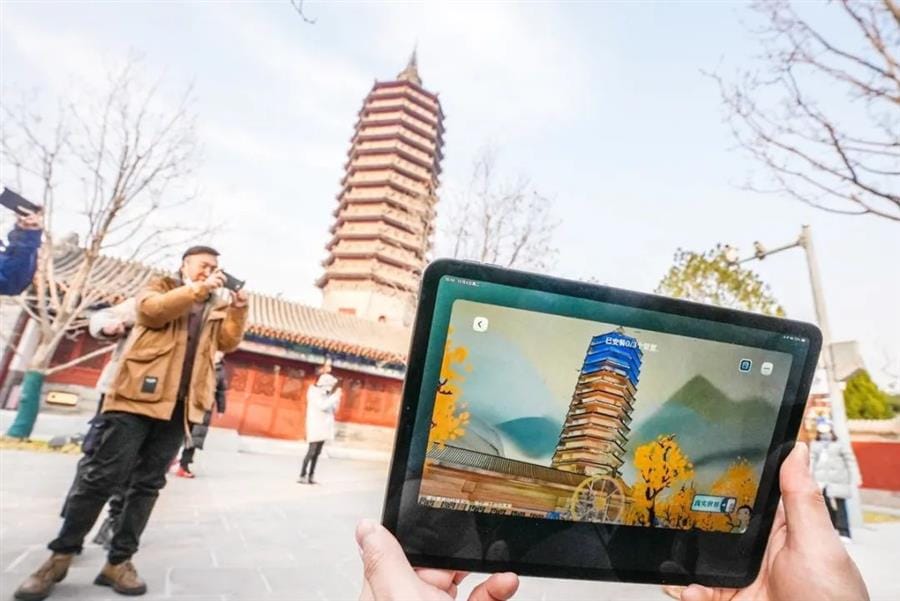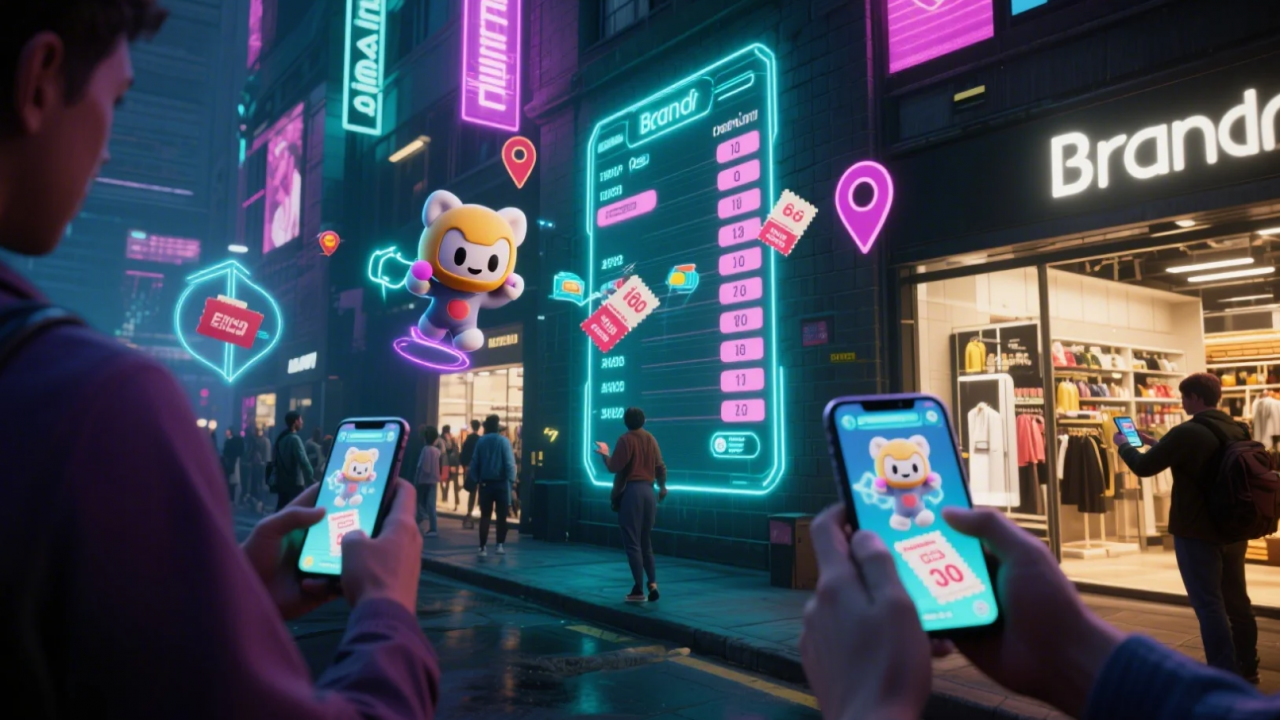What is augmented reality in tourism?
The current market evaluation for AR tourism is a promising 10.34 billion USD. With global virtual tourism projected to reach a staggering 39 billion USD by 2029, the future of AR in tourism is bright, with a speculated 30.2% increase until then.
In tourism, augmented reality, or AR, is like having a digital tour guide that enhances your travel experience. It overlays digital content such as three-dimensional models, videos, and interactive elements onto the real world, making your exploration more immersive and engaging. It’s like having a virtual layer of information that brings your destination to life.
AR in tourism brings virtual tours and allows tourists to experience the ruins of ancient buildings in 3D models. Storytelling around historical reconstructions is much more convenient than local guides. To increase engagement with tourists, museums have incorporated AR elements like three-dimensional modeling, visualizing wildlife, and enhancing the look of landscapes.
Evolution of the tourism sector: Traditional vs AR tourism
Traditional tourism embarks on a journey with physical, in-person experiences. This entity includes interacting with local cultures and visiting historical sites. However, tangibility is only sometimes the key to AR tourism. Adding a digital layer to historical information with 3D reconstructions and interactive elements redefines the experience.
Augmented reality or AR-enabled devices enhance the destination view of a location. Advancements in technology like AR improve the implementation of accessibility tools. For example, if you plan to visit Shanghai, remember to visit Huawei’s Future Home for an augmented reality experience. This futuristic AR experience gives augmented effects inside the store to help you better understand the visuals in the physical world.
Types of AR in travel and tourism
Location-based AR
Location-based AR works with GPS without physical markers. Digitally created information is overlayed through compass and location data triggers. This type of augmented reality depends on a real-time location system, or RTLS. The sensors in smartphones or technological devices pinpoint the current location. After communication with the specific AR application, the user’s coordinates are compared with pinpointed data. This entity helps in overlaying relevant real-world virtual elements with digital models.
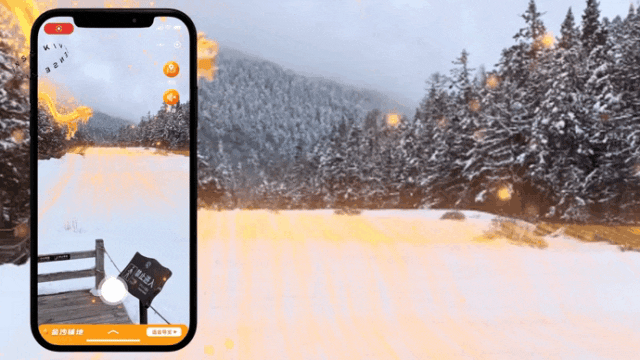
Marker-based AR
Marker-based AR uses QR codes on images or objects in the physical world. An anchor or marker acts as a reference point to initiate the augmentation. The camera recognizes distinct patterns in marker-based augmentation, backed by software.
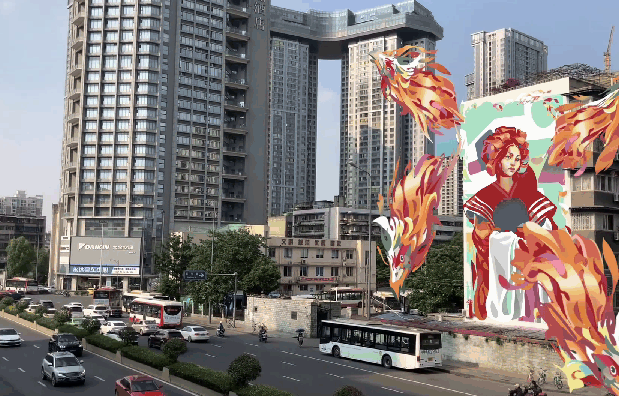
SLAM
SLAM stands for Simultaneous Localization and Mapping. That means any area under the AR radar will be mapped while simultaneously tracking position. It involves the use of sensors and cameras for accurate AR overlays. This type of augmentation targets two aims: building a map of the environment and locating the device around that environment. It is mostly correlated to UX design or user experience.
When traveling, one can use SLAM to figure out destinations using binocular vision for depth perception.
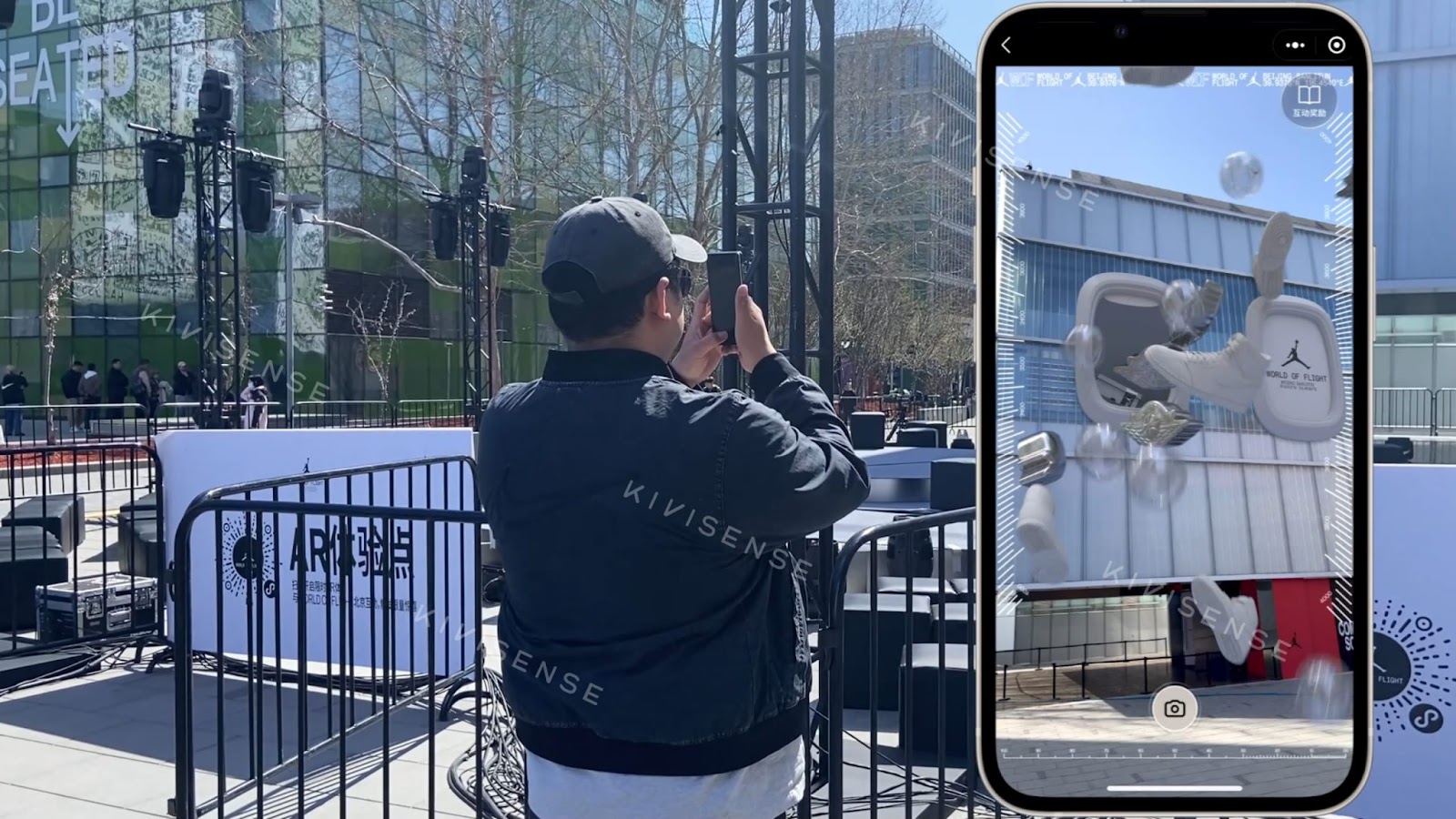
One example is the Jordan AR Experience at Beijing Sanlitun. This innovative approach uses immersive technology to bring the new edition of Jordans to life. The lifelike gamified experience helps users get involved in the walking by adding objects midway.
Applications and use cases of AR in tourism
Interactive AR-guided city tours
From self-guided tours to bringing lesser-known stories to life, experience your own pace while traveling. The interactive information creates an engaging narrative as a tourist exploring the locations. For example, AR magic has taken over the CCEC at Chengdu Landmark. The flying whales blend in perfectly with the physical and digital worlds.
Immersive navigation through AR
The overlaying of virtual directional cues bids to better location-based information. This entity helps in navigating city tours through markers and arrows. Pull out that AR for mapping paths if you need help at the Dubai International Airport. This innovative gyroscopic approach lets you book flights and explore the airport with the ease of your home.
Historical overlays and information
Historical reconstructions of landmarks give tourists an immersive experience. AR gives a prime review of what the buildings looked like. The augmentation shows virtual replicas for in-depth analysis without risking damage.
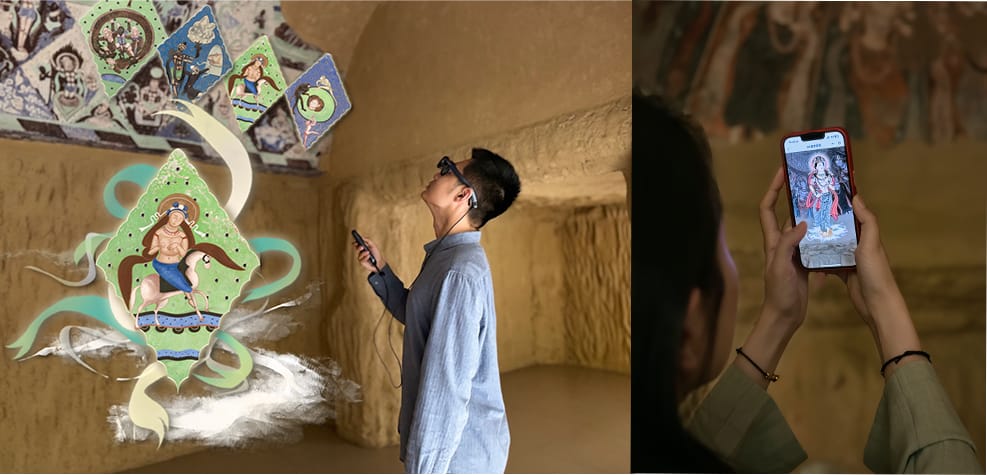
Virtual guides and assistants
AR-based applications have taken over if you were misguided by a local guide or couldn’t understand due to a language barrier. Scan an AR marker for smart hotel services to explore amenities and surrounding areas while traveling.
Gamification in travel & tourism
AR theme parks have stepped in to engage tourists through interactive games. Now, tourists can earn points and unlock new experiences at Dubai Airport. Anyone who has been to the Hong Kong International Airport understands the need for an aviation AR adventure. The flagship carrier, Emirates, has introduced a new way of exploring for business-lounge passengers. The AR headset can give you a virtual tour in three and two dimensions with a 360-degree preview.
Personalized suggestions and trip planning
Augmented reality shows virtual pop-ups for real-time recommendations to find hidden gems. The on-the-go exploration gives you better insights into tailored preferences. For example, there is a new way to explore Poly and Beijing Shijingshan properties. Now, any traveling enthusiast can navigate flying astronauts on the building. This is a new and innovative way of exploring augmentation through spatial computing, where the digital world blends in with the physical world, making it look as surreal as possible.
For example, now you can carry culture in your pocket with the Harbin AR magnet. This colorful approach highlights all the cultural elements of Chinese artifacts.
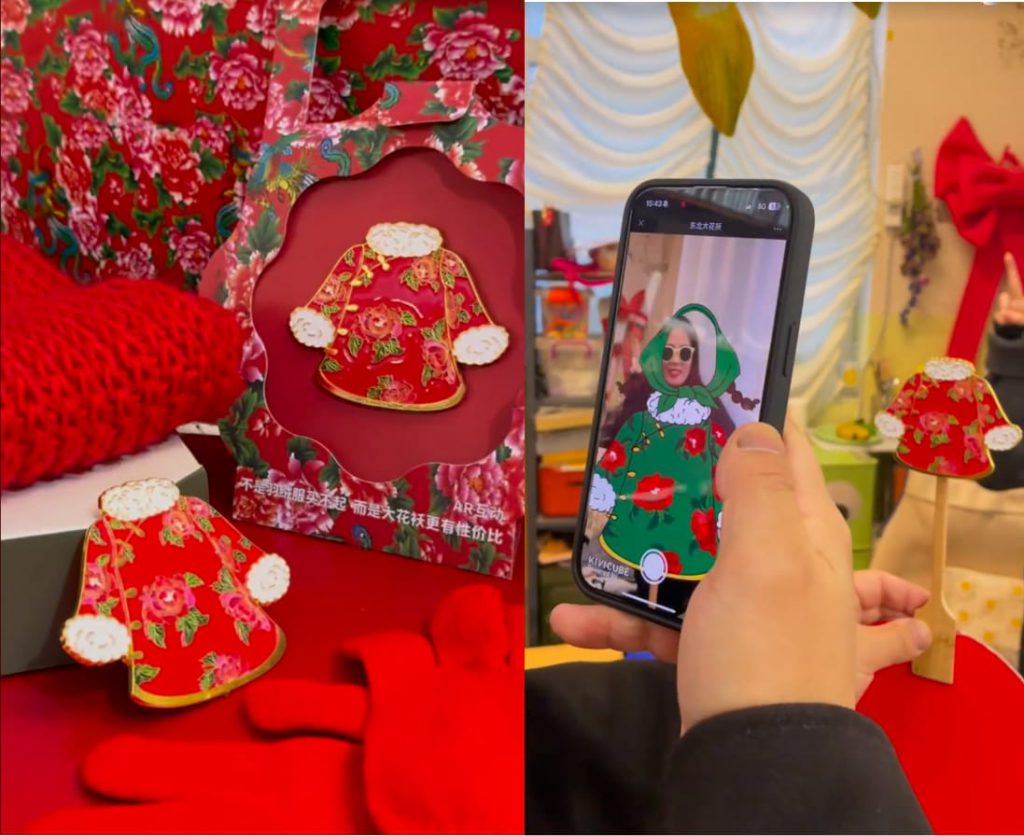
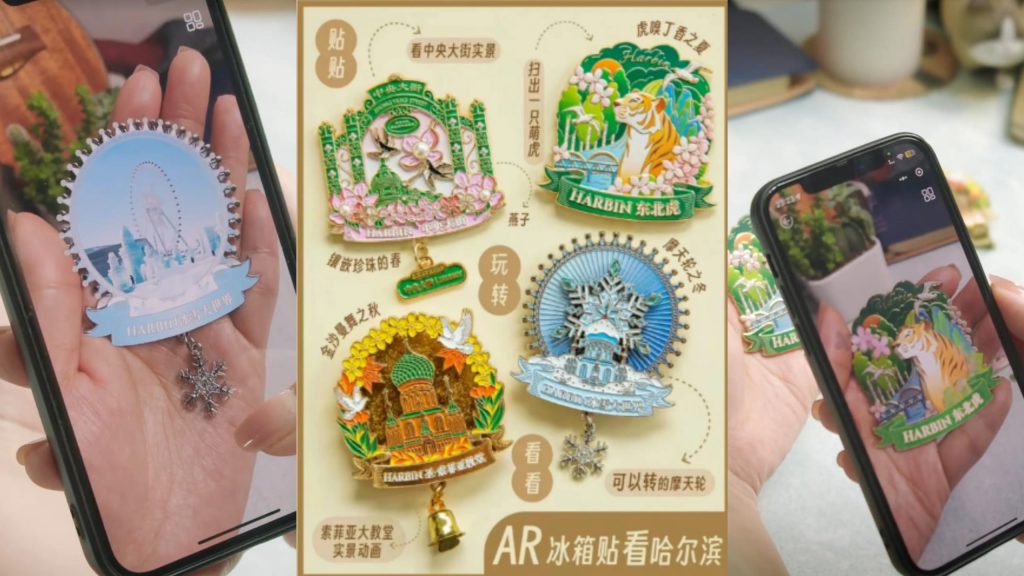
How does AR redefine the tourism sector through interactive experiences?
Interactive advertising and marketing
As a tourist, previewing what to expect in the traveling experience before deciding to visit is an explicit escapade. Through AR, marketing efforts help build interactive and personalized adventures for the traveler. This is an extensive way of welcoming traveling enthusiasts through eye-catching displays on static display billboards.

Increased engagement and immersion
Augmented reality enriches the sightseeing experience by overlaying 3D visualization of the location. This entity has become the core reason GenZ is ready to travel the world. The cities’ immersive experience and gamified elements keep tourists entertained and engaged. With extended layovers, any tourists wouldn’t want to rush through the shopping facilities at the airport. Augmentation has improved this experience by introducing CiGA, the virtual avatar. Every shop you pass by at the iGA Istanbul airport, you get routes and directions with details about the stores.
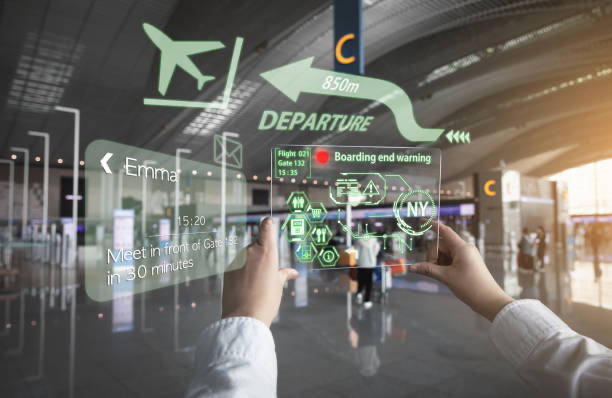
Source: Choin Dongsu
Facilitates communication through multilingual support
Augmented reality has been breaking barriers, not just in tour guidance but also in communication. The real-time translation of signs and boards in one-language countries facilitates greater understanding. From description reading to menu understanding, concluding all language proficiencies.
Prospects of AR in Tourism
5G and IoT in AR Tourism Experiences
The advent of 5G and the Internet of Things (IoT) plays a critical role in high-tourist destinations. From streaming rich media content to 3D construction and highly contextualized experiences, augmented reality is the future of reality. Any IoT-enabled AR app can suggest the best outdoor activities, nearby restaurants, weather forecasts, and much more.
Integration with VR and MR
For hybrid experiences, virtual reality and mixed reality blend both worlds. The seamless transition between physical and virtual experiences gives you a preview of the futuristic cityscape. A tourist can integrate VR and MR to enhance a tour’s entertainment and educational aspects.
Conclusion
Augmented reality has added a new wave of experience for those who abide by the rules of traveling. Accessing inaccessible and remote destinations has turned from unimaginable to extravagant. The highly personalized travel escapade transforms the tourism sector in new and exciting ways. Kivisense is the advent of augmentation and has become one of Facebook’s top five chosen platforms. After integration with Metaverse, kivisense has helped tourism reach unmatched heights and experiences for people with a sense of adventure. Beating all technological roadblocks and setbacks, kivisense is ready to bring forth the experience of a lifetime with try-ons. Unlock the world of possibilities by embarking on a new kind of adventure.

